Nepal is a landlocked country situated in the heart of the Himalayas, and it is famous for its natural beauty and cultural diversity. Among the many symbols that represent the identity and heritage of Nepal, one of the most prominent and beloved is the Rhododendron. This flowering plant has a long and rich history, and its role in Nepali culture goes beyond being the national flower. In this article, we will explore the fascinating story of the Rhododendron, and how it reflects the ecological and cultural values of Nepal.
The Rhododendron: A Botanical Wonder
The Rhododendron is a genus of flowering plants that belongs to the heath family, Ericaceae. There are more than 1,000 species of Rhododendron in the world, and they are native to various regions, such as Asia, Europe, North America, and Australia. However, the Himalayan region, especially Nepal, is home to the highest diversity and abundance of Rhododendron species. In Nepal, there are over 30 species of Rhododendron, and they are found in different habitats and altitudes, from the subtropical lowlands to the alpine highlands. The Rhododendron is known for its striking flowers, which come in a range of colors, such as red, pink, white, yellow, and purple.
The Rhododendron is not only a beautiful plant, but also an ecologically important one. The Rhododendron plays a vital role in maintaining the soil stability and water quality in the mountainous regions, where it prevents soil erosion and landslides. The Rhododendron's roots help anchor the soil, and its leaves help slow down the water runoff, reducing the risk of soil erosion. Furthermore, the Rhododendron's flowers provide food and shelter for many pollinators, such as bees, butterflies, and birds, enhancing the biodiversity and health of the ecosystem.
The Rhododendron: A Cultural Symbol
The rhododendron is a flower that has a long and rich history, as well as a deep and diverse symbolism. This flower is native to many parts of Asia, especially the Himalayan region, where it grows in abundance and variety. The rhododendron has been revered and celebrated by many cultures and traditions, as well as used for religious and medicinal purposes. The rhododendron is also a beautiful and colorful flower that adds charm and elegance to any garden or landscape.
In this article, we will explore the cultural significance and meaning of the rhododendron, as well as its uses and benefits. We will also tell you where and when to find the rhododendron, and how to appreciate its beauty and value.
The Meaning and Symbolism of the Rhododendron
The rhododendron has a complex and contradictory meaning and symbolism, depending on the context and the color. The name rhododendron comes from the Greek words rhodon, meaning rose, and dendron, meaning tree. The rhododendron is also known as the rose tree, the alpenrose, or the azalea. The rhododendron is generally associated with caution, danger, and warning, as some of its species are poisonous and can cause harm. However, the rhododendron is also associated with beauty, passion, and abundance, as it has large and showy flowers that come in various colors and shapes.
The color of the rhododendron also affects its meaning and symbolism. For example, purple rhododendrons symbolize royalty, nobility, and wealth, as purple is a color of luxury and power. Orange rhododendrons symbolize joy, enthusiasm, and energy, as orange is a color of warmth and vitality. White rhododendrons symbolize purity, innocence, and grace, as white is a color of cleanliness and elegance. Yellow rhododendrons symbolize happiness, optimism, and friendship, as yellow is a color of sunshine and cheerfulness.
The Cultural Significance of the Rhododendron
The rhododendron has a cultural significance in many countries and regions, especially in Asia. The rhododendron is the national flower of Nepal, where it is seen as a symbol of pride, beauty, and perseverance. The rhododendron is also a sacred flower in Buddhism, where it is offered to the Buddha and other deities as a sign of reverence and devotion. The rhododendron is also a part of the folklore and mythology of many cultures, such as the Greek, the Nepalese, and the Japanese.
One of the most famous stories involving the rhododendron is the Greek myth of the nymph Rhodanthe, who was pursued by many suitors. She sought refuge in the temple of Diana, the goddess of the hunt, but the suitors broke into the temple and tried to abduct her. Diana was enraged and turned Rhodanthe and her suitors into rhododendrons, as a punishment and a protection.
Another story involving the rhododendron is the Nepalese legend of the marriage of the sun and the moon. According to the legend, the sun and the moon fell in love and decided to get married. However, the other gods were jealous and tried to stop them. They sent a storm to destroy the wedding ceremony, but the rhododendron flowers protected the couple and helped them complete their vows. The rhododendron flowers were then blessed by the sun and the moon, and became a symbol of love and loyalty.
A third story involving the rhododendron is the Japanese tale of the great heights. According to the tale, there was a young man who wanted to climb the highest mountain in Japan, Mount Fuji. He trained hard and prepared well, but he faced many challenges and difficulties along the way. He was about to give up, when he saw a rhododendron flower blooming on the slope. He was inspired by the flower's resilience and beauty, and decided to continue his journey. He eventually reached the summit and achieved his goal. The rhododendron flower became a symbol of hard work and success.
The Uses and Benefits of the Rhododendron
The rhododendron has many uses and benefits, both practical and aesthetic. The rhododendron is a popular ornamental plant, as it can enhance the beauty and charm of any garden or landscape. The rhododendron is also a source of honey, as its nectar attracts bees and other pollinators. The rhododendron is also a source of medicine, as some of its species have healing properties and can treat various ailments, such as coughs, colds, fever, and inflammation. However, the rhododendron should be used with caution and under the guidance of a professional, as some of its species are toxic and can cause harm.
Where and When to Find the Rhododendron
The rhododendron can be found in many parts of the world, especially in Asia, where it is native and abundant. The rhododendron can grow in different habitats and altitudes, from the tropical and subtropical forests to the alpine meadows. The rhododendron can bloom at different times of the year, depending on the species and the climate. Some of the best places to see the rhododendron are:
- The Kathmandu Valley, where you can see the rhododendron in the Swayambhunath Temple, one of the oldest and most sacred Buddhist sites in Nepal. The temple is also known as the Monkey Temple, because of the large number of monkeys that live there. The temple features a variety of flowers, including the rhododendron, as well as a stupa, a museum, and a library.
- The Annapurna region, where you can see the rhododendron along the Ghorepani Poon Hill trek, which offers stunning views of the rhododendron forests and the Annapurna range. The trek is one of the most popular and scenic treks in Nepal, and is suitable for beginners and experienced trekkers alike.
- The Langtang National Park, where you can see the rhododendron along the Tamang Heritage Trail, which takes you through the traditional villages and culture of the Tamang people, as well as the rhododendron fields and the Langtang valley. The trail is a great way to experience the rural and authentic life of Nepal, as well as the natural beauty and diversity of the region.
- The Everest region, where you can see the rhododendron along the Gokyo Lakes trek, which takes you to the turquoise glacial lakes and the Gokyo Ri viewpoint, where you can see the rhododendron and the Everest range. The trek is one of the most adventurous and rewarding treks in Nepal, and is ideal for experienced and adventurous trekkers.
How to Appreciate the Beauty and Value of the Rhododendron
The rhododendron is a flower that deserves appreciation and admiration, as it has a long and rich history, as well as a deep and diverse symbolism. The rhododendron is also a flower that has a beauty and value that goes beyond its appearance and fragrance. The rhododendron is a flower that can inspire and motivate us, as well as teach us and heal us. The rhododendron is a flower that can enrich and enhance our lives, as well as our gardens and landscapes.
Some of the ways to appreciate the beauty and value of the rhododendron are:
- Learn more about the history and culture of the rhododendron, and how it has influenced and shaped the lives and traditions of many people and nations. You can read books, articles, or blogs, or watch documentaries or videos, that explore the cultural significance and meaning of the rhododendron. You can also visit museums, temples, or gardens, that display or feature the rhododendron, and learn more about its role and importance in different contexts and settings.
- Grow your own rhododendron, and enjoy its beauty and charm in your own garden or landscape. You can choose a rhododendron that suits your preference and environment, and plant it in a suitable spot. You can also take care of your rhododendron, and make sure it gets enough water, sunlight, and nutrients. You can also prune and shape your rhododendron, and make it look more attractive and healthy. You can also harvest your rhododendron, and use it for decoration or medicine, or share it with your friends and family.
- Visit the places where the rhododendron grows and blooms, and experience its beauty and value in its natural habitat. You can plan a trip or a trek to the places where the rhododendron is abundant and diverse, such as Nepal, India, China, or Japan. You can also join a tour or a group, that specializes in exploring and discovering the flowers of the region. You can also take photos or videos, or write or draw, to capture and express your impressions and feelings of the rhododendron.
The Tale of How Rhododendron Became Nepal's National Flower
The Rhododendron's journey to becoming Nepal's national flower is a fascinating story that spans several decades. In the early 19th century, Nepal was under the rule of the Rana dynasty, and the country did not have an official national flower. However, the Rhododendron was already a beloved cultural symbol, and it was widely recognized as one of Nepal's most beautiful and significant flowers.
In 1962, Nepal's government decided to hold a competition to select a national flower, and the Rhododendron was one of the candidates. The competition was open to Nepali citizens, and it received over 1,000 entries. After careful consideration, the Rhododendron emerged as the winner, and it was declared Nepal's official national flower on February 1, 1962.
The decision to select the Rhododendron as Nepal's national flower was not only based on its beauty but also on its cultural and ecological significance. The Rhododendron represented the resilience and beauty of Nepali culture and the plant's ecological importance made it a fitting symbol of Nepal's commitment to preserving its natural resources.
Today, the Rhododendron remains an essential part of Nepali culture, and its significance continues to grow. The plant is now a vital part of Nepal's tourism industry, attracting visitors from all over the world who come to see the stunning blooms in the Himalayan mountains.
Conclusion:
The rhododendron is a remarkable flower that represents the ecological and cultural values of Nepal. It is a botanical wonder that has a high diversity and abundance in the Himalayan region, and a vital role in maintaining the soil and water quality, and the biodiversity of the ecosystem. It is also a cultural symbol that has a long and rich history, and a deep and diverse symbolism. It is associated with various meanings and stories, such as caution, beauty, passion, royalty, joy, purity, happiness, pride, perseverance, reverence, devotion, love, loyalty, hard work, and success. It is also used for various purposes, such as ornament, honey, medicine, and offering. The rhododendron can be found and appreciated in various places and times, such as the Kathmandu Valley, the Annapurna region, the Langtang National Park, the Everest region, and the spring season. The rhododendron is a flower that deserves admiration and respect, as it reflects the spirit and identity of Nepal and its people.

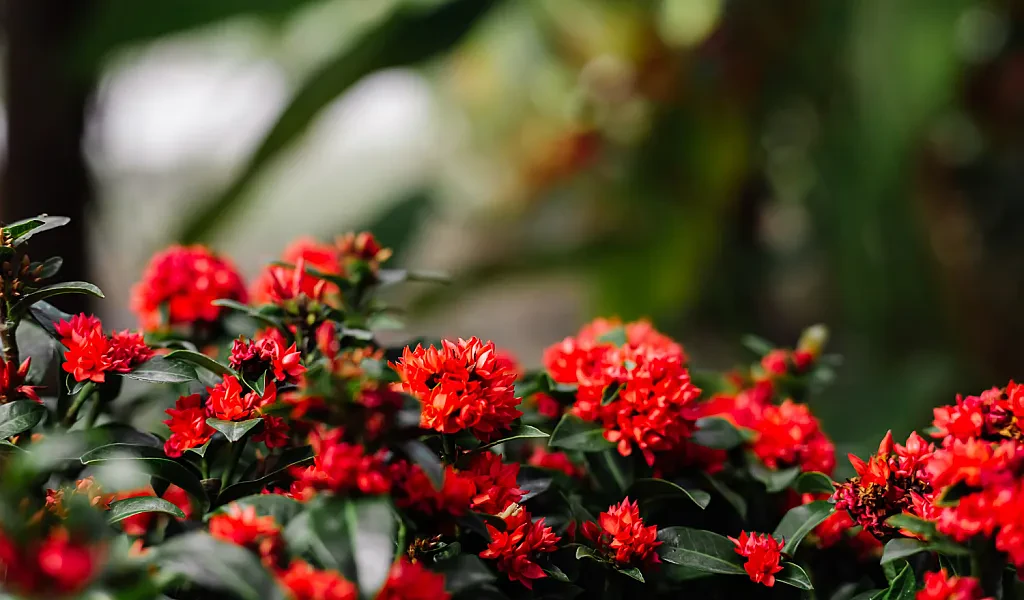
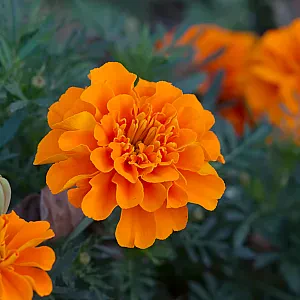
-thumb.webp)
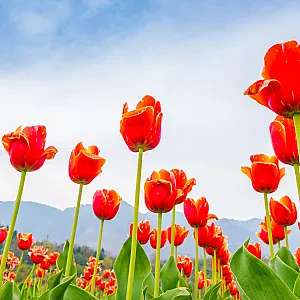
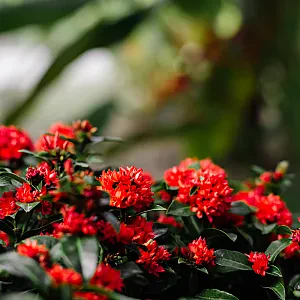

-thumb.webp)
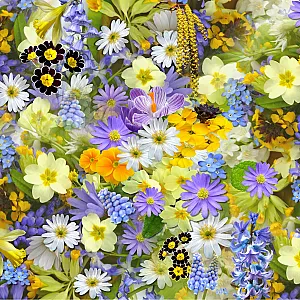
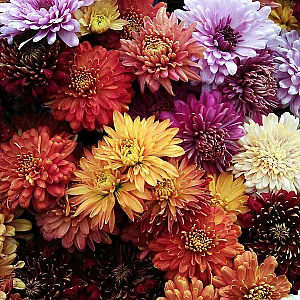


Comments